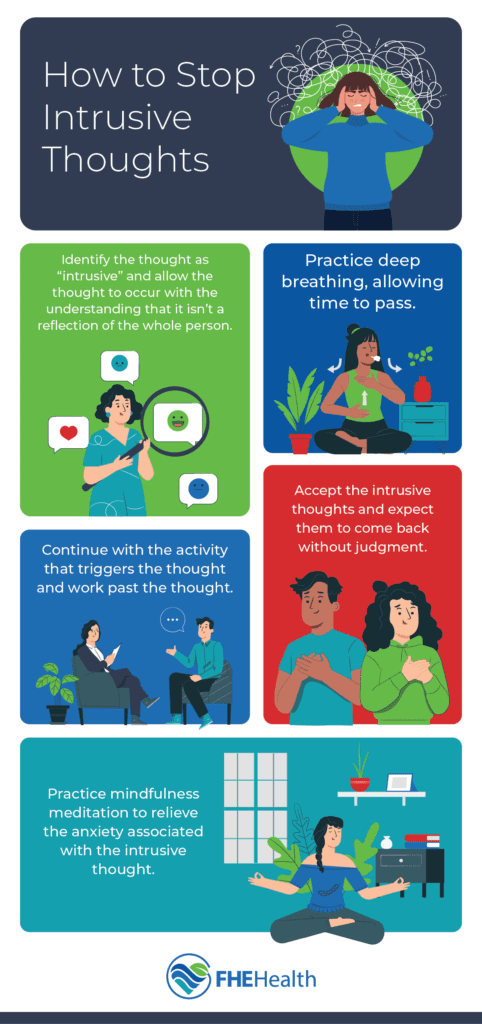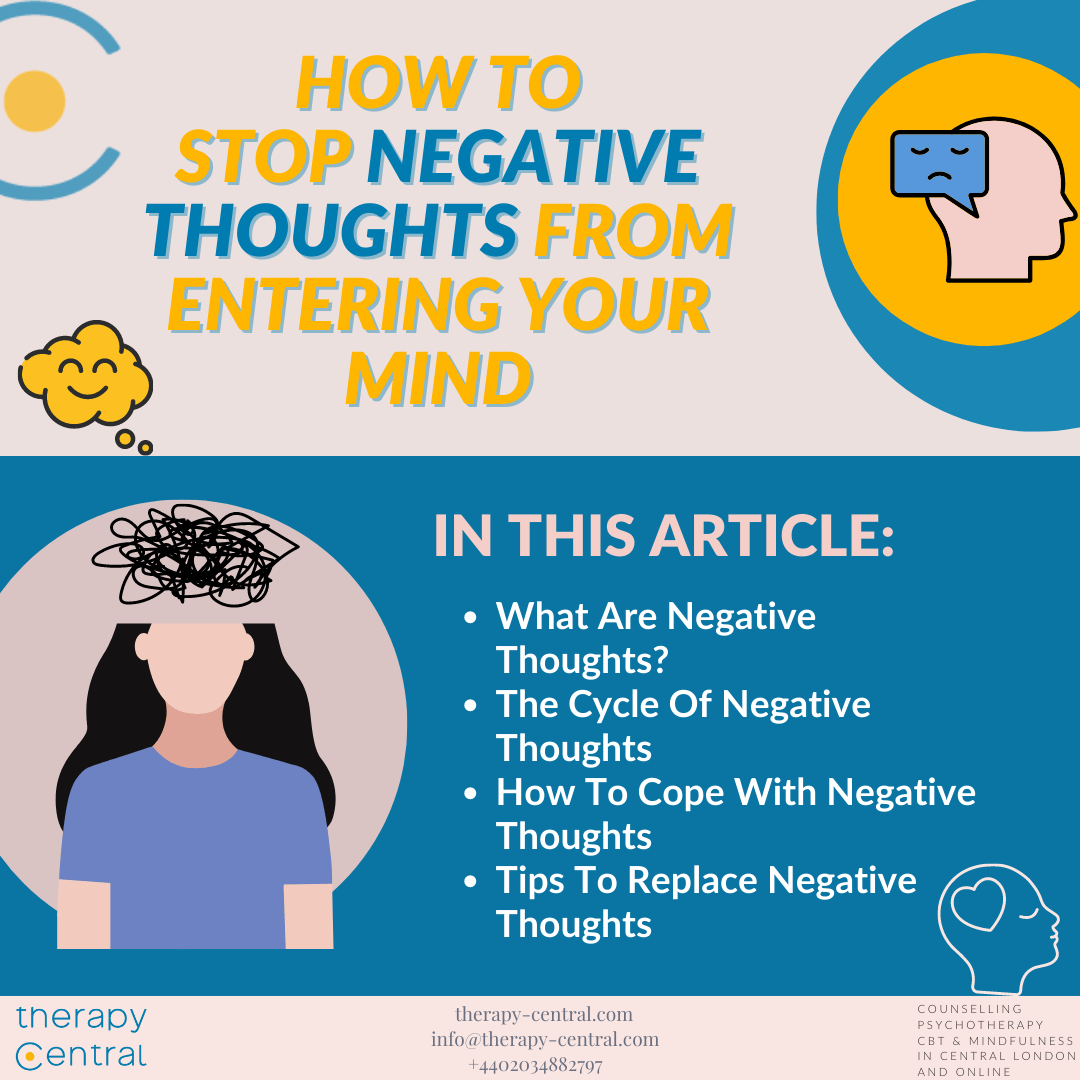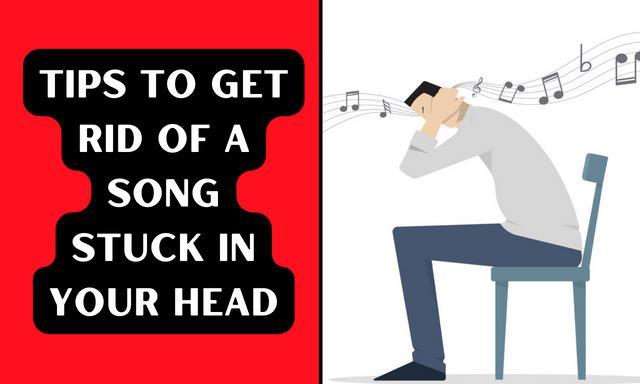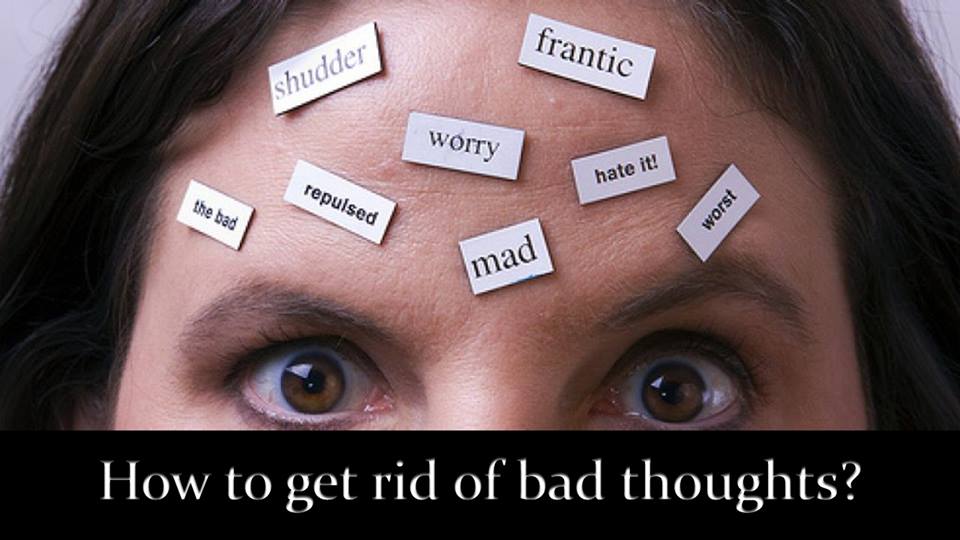How To Get Rid Of Thoughts Stuck In Your Head

That catchy jingle, an embarrassing moment, or a nagging worry – unwanted thoughts can stubbornly lodge themselves in our minds, disrupting focus and impacting mental well-being. But mental health professionals offer several techniques to dislodge these persistent mental intruders.
This article explores evidence-based strategies for managing and mitigating intrusive thoughts, providing practical steps individuals can take to regain mental clarity and control. The methods discussed are applicable across various demographics and thought patterns, offering a toolkit for a clearer mental landscape.
Understanding the Nature of Intrusive Thoughts
Intrusive thoughts are unwanted, involuntary thoughts, images, or urges that can cause distress. They are common and experienced by most people at some point, according to the National Institute of Mental Health (NIMH). The problem arises when these thoughts become persistent and significantly interfere with daily life.
It's crucial to remember that having intrusive thoughts does not make you a bad person. The content of the thought is far less important than the reaction to it.
Cognitive Defusion: Creating Distance
Cognitive defusion, a core principle of Acceptance and Commitment Therapy (ACT), involves separating yourself from your thoughts. This means recognizing that your thoughts are just words or images passing through your mind, not necessarily reflections of reality.
One technique is to label the thought as a "thought." For example, instead of saying "I am a failure," try saying "I am having the thought that I am a failure." This creates distance and reduces the thought's power.
Another method is to imagine your thoughts as leaves floating down a stream. Observe them passing by without engaging with them or trying to control them. This helps to detach from the emotional charge associated with the thought.
Mindfulness Meditation: Paying Attention to the Present
Mindfulness meditation involves focusing on the present moment without judgment. This practice helps to train your attention and reduce the tendency to get caught up in thoughts.
Regular mindfulness practice, even for just a few minutes each day, can significantly improve your ability to observe your thoughts without reacting to them. According to a study published in the Journal of Consulting and Clinical Psychology, mindfulness-based interventions can be effective in reducing anxiety and rumination.
Start with a simple breathing exercise: Focus on the sensation of your breath entering and leaving your body. When your mind wanders (and it will), gently redirect your attention back to your breath.
Thought Stopping: Interruption and Replacement
Thought stopping is a technique that involves interrupting the intrusive thought when it arises. This can be done by saying "Stop!" out loud or in your head.
Immediately after stopping the thought, replace it with a more positive or neutral thought. For instance, if you are thinking about a past mistake, replace it with a thought about a recent success.
Seeking Professional Help: When to Reach Out
While the above strategies can be helpful, persistent and distressing intrusive thoughts may indicate an underlying mental health condition, such as Obsessive-Compulsive Disorder (OCD) or anxiety. If intrusive thoughts are significantly impacting your daily life, seeking professional help is crucial.
A therapist can provide tailored guidance and support, potentially using therapies like Cognitive Behavioral Therapy (CBT) or Exposure and Response Prevention (ERP), specifically designed to address intrusive thoughts and related conditions. The American Psychological Association (APA) offers resources for finding qualified mental health professionals.
Remember, seeking help is a sign of strength, not weakness. Prioritizing your mental well-being is an investment in a happier and healthier life.
Lifestyle Adjustments: Supporting Mental Well-being
Alongside specific techniques, certain lifestyle adjustments can support overall mental well-being and reduce the frequency and intensity of intrusive thoughts. These include getting regular exercise, maintaining a healthy diet, and ensuring adequate sleep.
Stress management techniques, such as yoga or spending time in nature, can also be beneficial. Limiting exposure to triggers that exacerbate intrusive thoughts can also contribute to improved mental clarity.
Building a strong support system of friends, family, or support groups can provide a safe space to share your experiences and receive encouragement. Open communication is key.
By implementing these strategies and seeking professional help when needed, individuals can effectively manage intrusive thoughts and regain control over their mental landscape. A clearer, calmer mind is within reach.


















